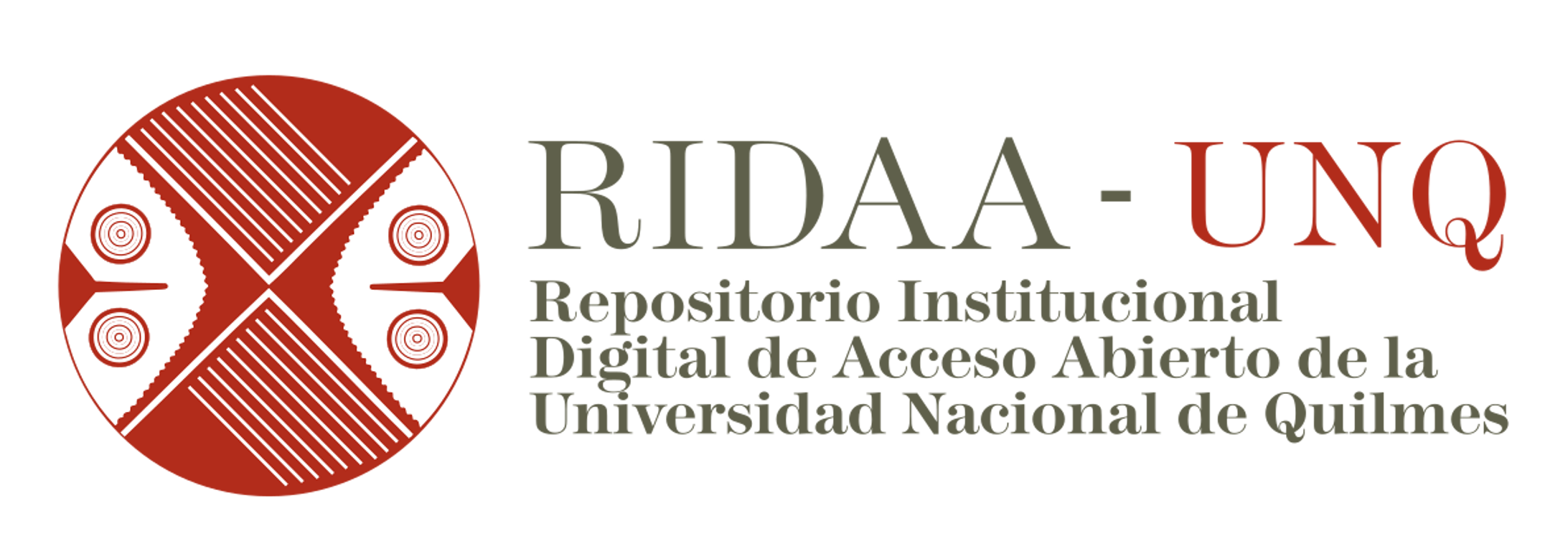La acción legislativa invisible : propuestas frustradas para la economía azucarera argentina (1920-1960)
The invisible legislative action : frustrated Proposals for the Argentine sugar economy (1920-1960)

Ver/
Fecha
2017-09Autor
Girbal-Blacha, NoemíResumen
En el Noroeste argentino (NOA), con epicentro en Tucumán, se consolida desde la llegada del ferrocarril a esa ciudad en 1876, y junto con el crédito oficial barato, la modernización de la economía azucarera, que elimina cultivos tradicionales como el maíz. En 1877 existen en el país 82 ingenios y 207 cultivadores de caña. En 1895, los ingenios son solo 36 –30 de ellos en Tucumán– y los cultivadores de caña, 2.630. La modernización trae consigo la concentración empresarial y regional. La situación es próspera pero precaria, y el desafío es cómo acoplarse al modelo agroexportador vigente.
La historiografía argentina ha estudiado las alternativas de esta economía regional de base agroindustrial, su legislación, los subsidios y créditos que la benefician, sus corporaciones, sus principales sociedades anónimas y grupos empresarios. Para sumar otro aporte a esas interpretaciones, es interesante analizar los proyectos, iniciativas y propuestas presentados ante el Poder Legislativo Nacional que refieren a las correcciones necesarias para consolidar y/o diversificar la economía del NOA, pero que no llegaron a sancionarse, así como las razones de su postergación o archivo. Ese es el objetivo principal de este estudio: conocer si existieron proyectos y resoluciones frustradas, presentados por sectores públicos y privados para afianzar esta agroindustria regional o buscar alternativas capaces de sortear los efectos más negativos de la monoproducción en el mediano plazo (1920-1960), que quedaran ocultos en los expedientes del actual reservorio documental del Congreso de la Nación Argentina. It was consolidated the arrival of the train to the Argentinean Northwest (NOA in Spanish), being Tucumán the centre in 1876, and together with a cheap official loan, the modernization of the sugar growers in 1877. In 1895, there were only 36 sugar factories (30 of them in Tucumán) and 2.630 sugar cane growers. The modernization brought with it business and regional concentration. The situation was prosperous, but precarious. The challenge was going to be how to join to the current agroexport model with it. Argentinean historiography has studied the alternatives of that regional economy with its agroindustrial basis, legislation, subsidies and credits that benefited it, corporations, its main public limited companies and business groups. In order to add another point of view to these interpretations, it is interesting to analyse those projects, initiatives and proposals introduced in the National Legislative Power (PLN in Spanish) which refered to the corrections necessary to consolidate and/or diversify the noa economy which were not sanctioned and they were postponed or filed. The main aim of this historical research is to make visible those legislative proposals which were introduced by public and private sectors and remained hidden in the records of the current national storage of Argentinean National Congress. The purpose is to know if there were projects and frustrated resolutions to reinforce its regional agroindustry or to search alternatives which were able to evade the most negative effects of the single production in the medium term (1920-1960).
